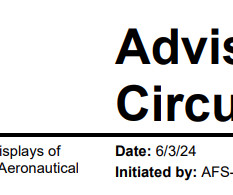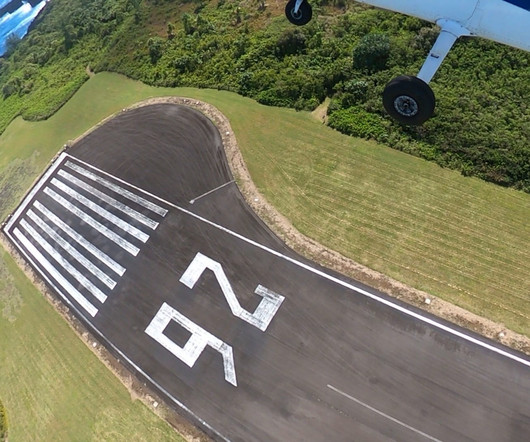Pilot Safety Simplified: Proficiency vs. Currency Explained
Pilot Institute
MARCH 7, 2025
Well examine why they should always go hand-in-hand and how you can improve your skills to become a more capable pilot. Key Takeaways Currency ensures a pilot meets FAA legal requirements to act as pilot-in-command. Proficiency is a pilots ability to fly skillfully and safely beyond legal minimums.













Let's personalize your content